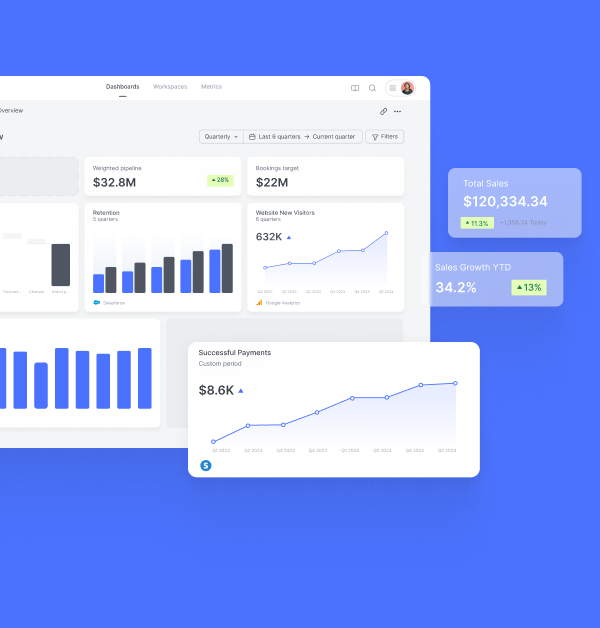Lead-to-SAL Conversion Rate
What is the Lead-to-SAL Conversion Rate metric?
The Lead-to-SAL Rate metric represents the efficiency of transitioning new leads into Sales Accepted Leads (SALs). These are leads that have been evaluated by both marketing and sales and deemed as genuine potential opportunities, warranting further pursuit and development by the sales team.
Why is this metric important to measure?
Measuring the Lead-to-SAL Conversion Rate ensures a clear understanding of the alignment between marketing efforts and sales acceptance. It helps identify how efficiently leads are being qualified and prioritized, fostering collaboration between teams and streamlining the sales process. This metric helps marketing teams find and focus on the type of leads that are more likely to convert to sales opportunities, and ultimately customers.
How is this metric calculated?
The Lead-to-SAL Conversion Rate is calculated by dividing the number of leads that have been accepted by sales (SALs) by the total number of new leads created during the specified time period. For example, if 100 leads were created in March and 25 were accepted by sales, the Lead-to-SAL Rate in March would equal 25%. This metric relies on the defined lead object, a created date field and a field indicating if the lead was converted to an SAL.
Formula
Lead-to-SAL Conversion Rate (%) = (Leads Created that were sales accepted) / (Total Leads Created in the time period)
Contained in templates
How it works
Sightfull is your automated GTM analytics platform.
Low touch, quick deployment paired with automation ensures fast results across any interface of your choice.
